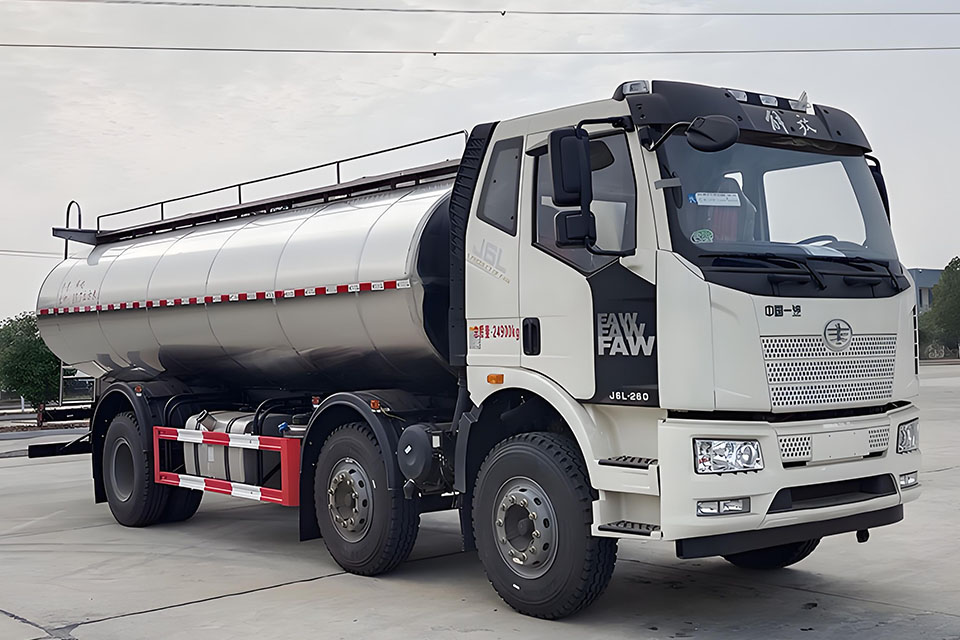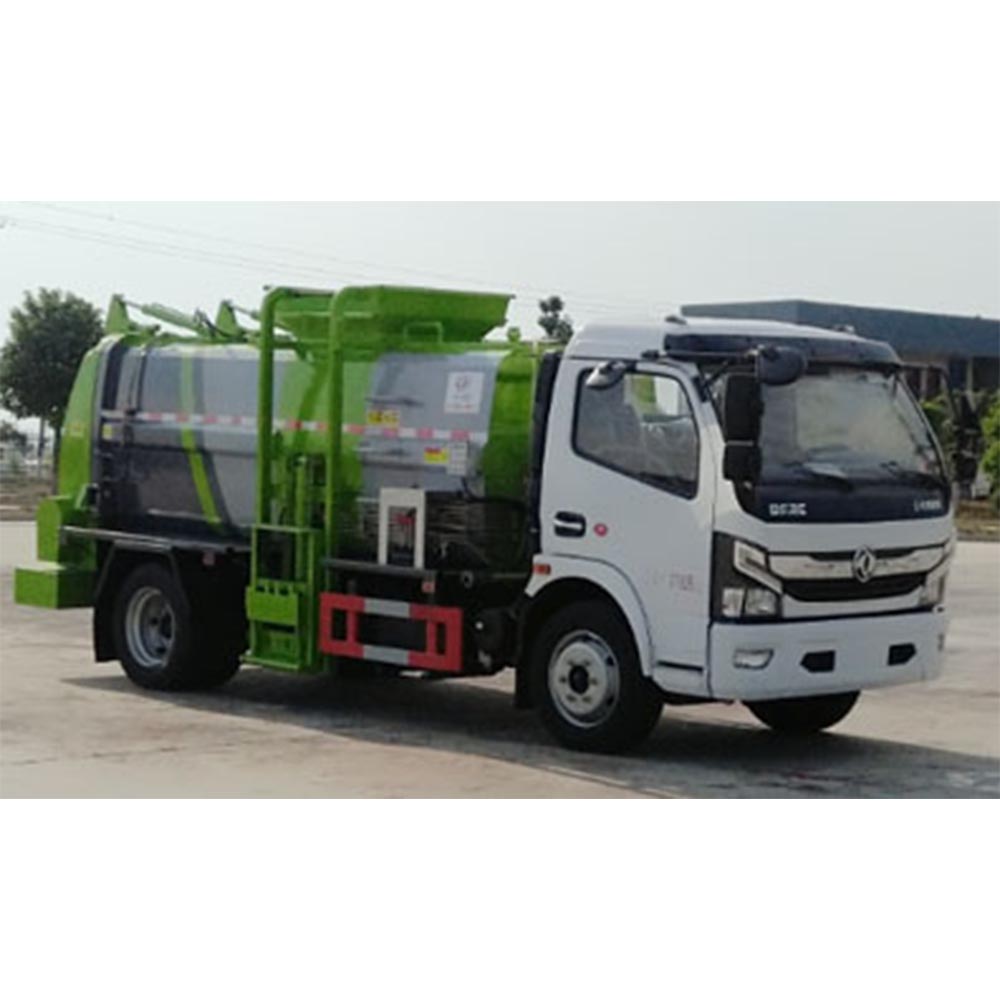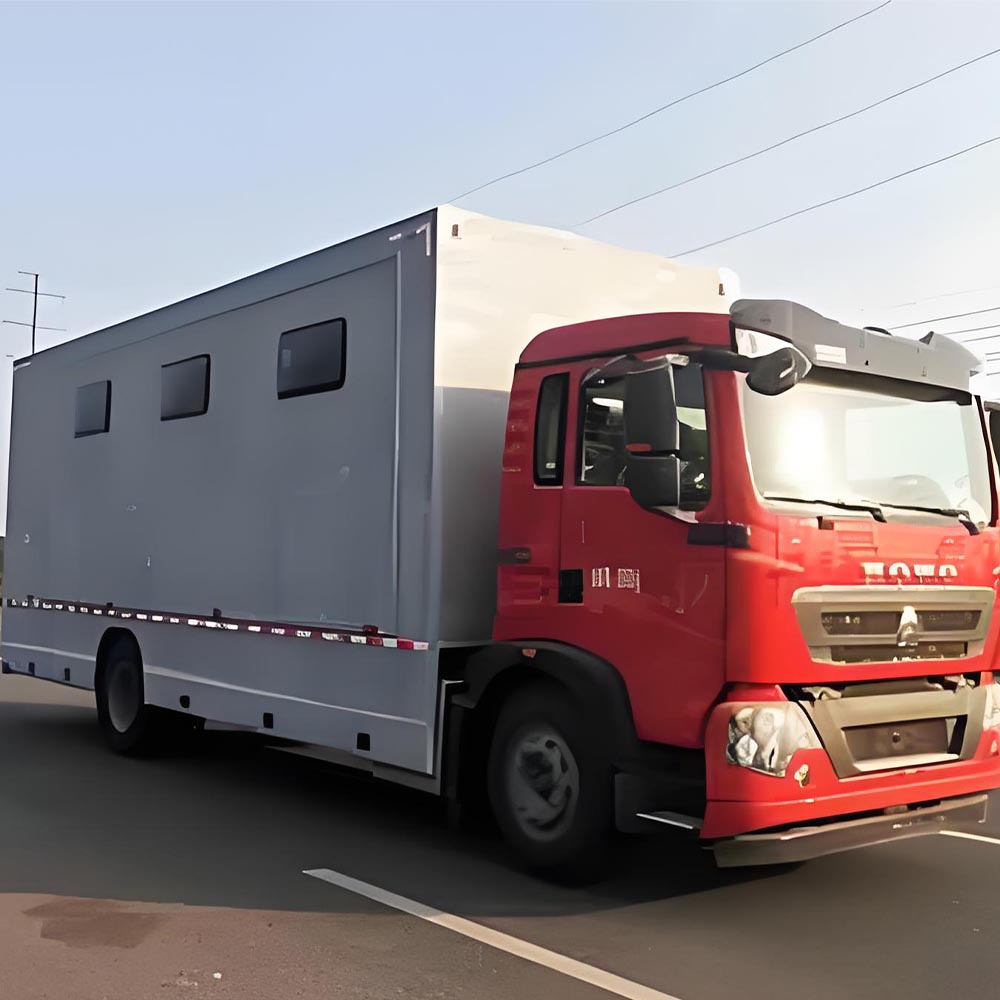-
Chengli Automobile Industry Park

What kind of truck transports milk?
What Kind of Truck Transports Milk?
Milk moves from farms to your table in special trucks. These are not like normal trucks. They keep milk cold and clean on its trip. Let’s see what makes these milk trucks so special.
Table of Contents
What is a Milk Tanker Truck?
A milk tanker truck is a big truck made just for milk. It has a sealed tank to hold milk safe. These trucks take milk from dairy farms to plants where it gets cleaned and put in bottles or cartons.
Milk spoils fast. That’s why we need special trucks with cool tanks. These trucks keep milk fresh during its trip.
Key Facts About Milk Trucks:
- They have sealed tanks that keep milk safe
- They keep milk cold during the trip
- They can carry 4,000 to 5,000 gallons of milk
- Some can be as heavy as 80,000 pounds when full
- Many have two compartments to carry different types of milk
Types of Milk Transport Trucks
Not all milk trucks look the same. They come in different sizes and styles to fit different jobs.
By Size and Capacity
| Type | Capacity | Main Use | Market Share |
|---|---|---|---|
| Small Collection Trucks | 4,000-5,000 gallons | Farm to local plant | 20% |
| Tractor-Trailers | 8,000 gallons | Long distance | 80% |
| Seven-Axle Trucks | 5,700-6,400 gallons | Regional use | Growing trend |
Milk Transport Trucks: Key Facts
Truck Types and Capacity
This chart shows common types of milk transport trucks and their typical carrying capacity.
Key Features
Temperature Control
Insulated Tank
CIP System
Pump System
Industry Growth & Market Size
The dairy sector shows consistent growth, with milk production increasing annually. Demand for milk, particularly powdered milk, is on the rise.
Key Facts
Average Truck Capacity:
Milk trucks typically hold between 4,000 and 8,000 gallons.Temperature Control Importance:
Maintaining a temperature below 40°F (4°C) is crucial for milk quality.Cleaning System:
A built-in Clean-In-Place (CIP) system ensures hygiene.Market Availability:
Over 100 different milk transportation truck models are currently available.By Structure
There are three main types of trucks that carry milk:
- Straight chassis tankers with double axle
- Straight chassis tankers with triple axle
- Tractor-trailers (the biggest kind)
Tractor Units for Semi-Trailers pull the biggest milk tankers on long trips.
Special Features of Milk Tanker Trucks
Milk trucks have many special parts that make them perfect for the job.
Temperature Control Systems
The most important thing about milk trucks is keeping milk cold. These trucks have cooling systems that keep milk at the right temperature (under 40°F or 4°C).
Clean-In-Place (CIP) System
Milk trucks must be super clean. They have a built-in cleaning system called CIP (Clean-In-Place). This system washes the inside of the tank without taking it apart.
Insulated Tanks
The tanks have thick walls with special stuff inside that keeps cold in and heat out. This helps keep milk cold even when it’s hot outside.
Pump Systems
Milk trucks use special pumps to move milk from farm tanks to the truck and from the truck to the plant. These pumps must be very clean and gentle on the milk.
Refrigerated Milk Transport Truck designs keep getting better with new technology.
How Milk Transportation Works
Moving milk from farms to your table takes many steps.
The Journey:
- Farm collection
- Truck comes to farm
- Driver checks milk quality
- Milk pumps from farm tank to truck
- Transport
- Milk stays cold in insulated tank
- Trucks follow best routes to save time
- Computers track truck location and milk temperature
- Delivery
- Truck arrives at milk plant
- Milk is tested again
- Milk pumps from truck to plant tanks
Dairy Transport Challenges
Moving milk is not easy! Trucks must deal with:
- Milk that can spoil if it gets too warm
- Need for perfect cleaning between loads
- Heavy loads that need special routes
- Tight time schedules for fresh milk
General Purpose Tanker trucks can’t carry milk – only special tankers can do this job!
Milk Tanker Truck Models and Costs
If you want to buy a milk truck, you have many choices.
Popular Models:
- Tata Intra V30: ₹8.31-9.21 Lakh in India
- Western Star 49X: $329,999 in USA
- Tata Yodha: ₹9.66-10.16 Lakh in India
What Affects Price:
- Size of the tank
- New or used truck
- Special features like better cooling systems
- Brand of truck
- Where you buy it (prices change in different places)
Industry Standards for Milk Transport
Milk trucks must follow many rules to keep milk safe.
Important Rules:
- Tanks must be food-grade stainless steel
- Temperature controls must work perfectly
- Trucks need special cleaning after each load
- Drivers need special training for handling milk
- Trucks must pass regular tests for cleanliness
Testing Requirements:
- Daily cleaning checks
- Milk temperature logs
- Tank pressure tests
- Sample collection for quality control
- Regular tank calibration
The Future of Milk Transport
Milk trucks keep getting better! New ideas are making milk transport safer and better for the earth.
New Technology:
- Truck tracking systems that show where milk is at all times
- Better temperature control systems
- Clean energy trucks using natural gas or electricity
- Smart cleaning systems that use less water
- Automatic sampling for faster quality checks
Growing Industry:
The dairy world keeps growing! It will grow about 1.8% each year until 2025. By then, we’ll make about 177 million tons of milk products each year.
FAQs About Milk Transport Trucks
How much milk can one truck carry?
Most milk trucks carry between 4,000 and 8,000 gallons of milk. The biggest trucks can carry about 20 tons of milk in one trip.
How do milk trucks keep milk from spoiling?
They use insulated tanks with cooling systems that keep milk cold (under 40°F). They also have sealed tanks that keep dirt and germs out.
How often are milk trucks cleaned?
Milk trucks must be cleaned after every load they carry. They use special cleaning systems that wash, rinse, and sanitize the inside of the tanks.
What training do milk truck drivers need?
Drivers need special training on:
How to take milk samples
How to check milk temperature
How to use the pumps safely
How to clean the tanks properly
How to follow food safety rules
Conclusion
Milk tanker trucks are very special vehicles. They are built just for moving milk safely from farms to plants. With sealed tanks, cooling systems, and strict cleaning rules, these trucks keep our milk fresh and safe.
As technology gets better, milk trucks will too. New cooling systems, cleaner energy, and smarter tracking will make milk transport even better in the future.
Next time you drink milk, think about the special truck that helped bring it to you!









